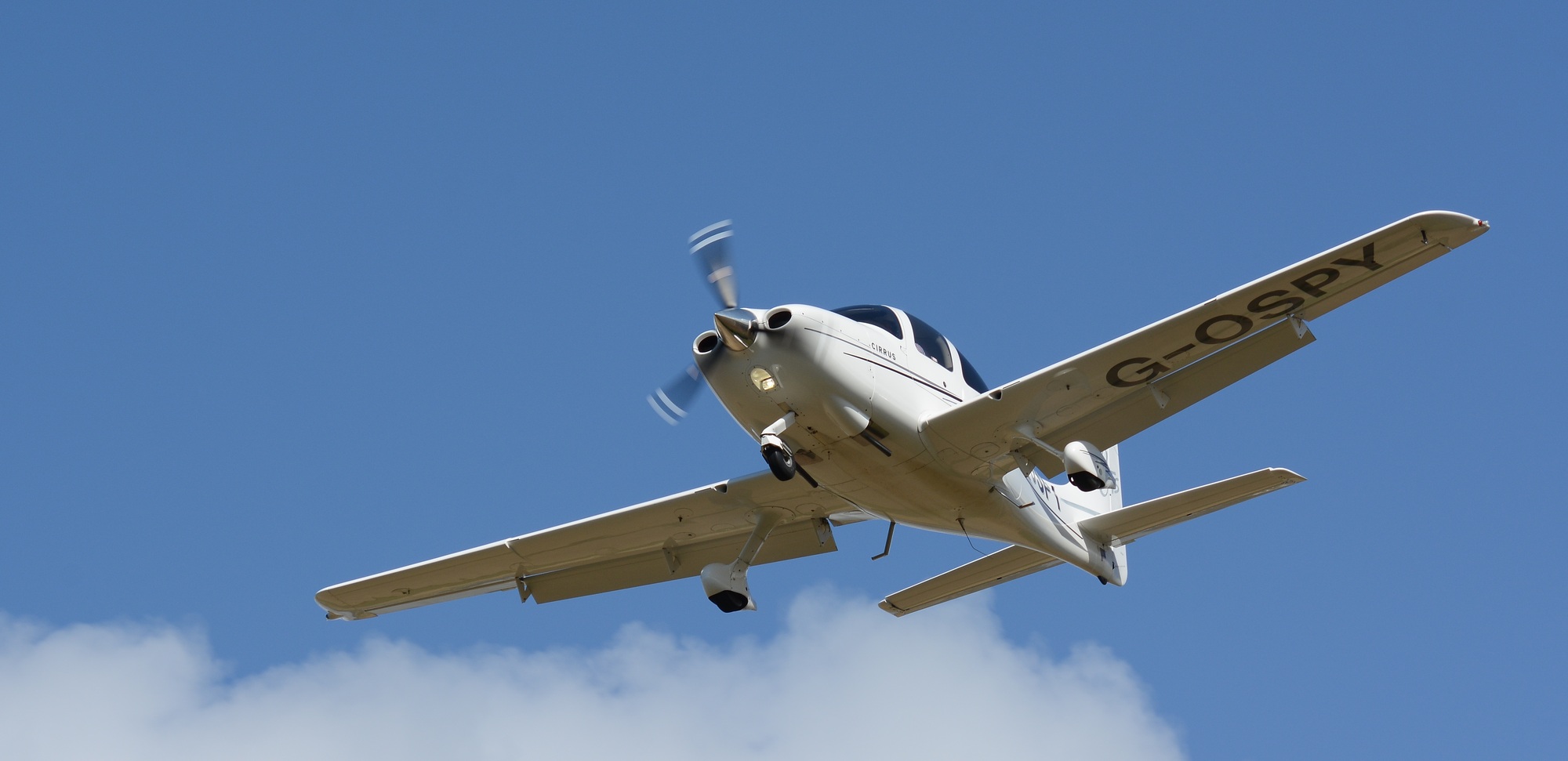Are you interested in purchasing an aircraft? Private is the best way to fly—if you can afford it. There is an aircraft for every budget, and to avoid the hidden costs associated with owning an airplane, keep reading.
If you’re looking for an aircraft, the last thing you want to do is fall in love with an option you cannot afford. That’s why we’re here to help!
In this article, we’re covering all the costs associated with purchasing a private plane. So you can decide if it’s the right financial investment for you.
How Much Does an Aircraft Cost?
The price of an aircraft depends on a variety of factors, such as the make, model, and age of the plane. The most expensive aircraft can cost close to $90 million, while piston aircraft run the gamut from $25,000 for an older Piper to over 900k for a new Cirrus SR22.
To calculate how much your aircraft will cost, determine the features you’ll need it to have as that can impact both your acquisition price and future maintenance.
Here are some questions you should ask yourself before you make an initial assessment:
- How many seats do you need your aircraft to have?
- How much luggage do you plan to carry around?
- How far do you want it to fly without refueling?
- What amenities can you not live without?
- How big do you want the cabin to be?
The answers to these questions will impact the overall cost of your aircraft.
What Types of Aircraft Are Available?
Before you begin to explore specific aircraft options, you should know the basic types of aircraft available. Here are the most common ones to get you started.
Light-Sport Aircraft
Light-Sport aircraft, are simple to fly and a bit more sophisticated than an ultralight, are great for short-haul distances. They are typically two-seat aircraft with a max takeoff weight of 1320 lbs. Experimental-Light Sport aircraft like those made by Ekolot, Czech Sport, Remos, Tecnam, Vans, and Cub Crafters are all tracked by VREF. Each manufacturer offers a compelling equipment list and a trusted airframe. Plus, you only need a sport pilot license, so your training fees will also be lower. The best part about buying an E-LSA is that your acquisition costs on a like-new airframe will be much lower, and lenders are happy to provide financing. If you are looking to avoid hidden maintenance expenses, then power by the hour program like PistonPower may help you flatline your budget. The best course of action an owner can take to avoid surprises is to set aside a pre-determined amount of money every month and stick to it.
Single Engine Piston Fixed Wing
These planes can carry a few more passengers than the E-LSA’s and are the most famous aircraft in operation today. This market has been performing even better than the VREF residual value forecasts predicted, and in some cases, planes are like unicorns and hard to find. To avoid hidden maintenance surprises, you will want to conduct a thorough pre-buy and check for corrosion, and engine compression issues. While hard landings are common, its essential to do logbook research to know the pedigree and operational history.
Twin Engine Piston Aircraft
The twin-engine piston market has been soft over the last few years, but it’s coming back. Some of these aircraft offer way too much bang for the buck, and if you needed a reason to buy a twin, how about the word redundancy to push you to ownership? If you live near large bodies of water or want to travel longer distances than a twin is a way to go. The added confidence a twin can bring to a pilot along with a softer market environment will provide a potentially better deal than the single-engine market. However, it is essential to note that many twin-engine buyers are opting for a single-engine turboprop and leaving the twin-engine pistons to the flying schools.
What are Aircraft Operating Costs?
The cost of an aircraft is much higher than just the initial purchase. That’s because there are a ton of costs associated with operating it, all of which vary depending on the model and travel distance. Here are the significant prices you should expect to pay:
- Fuel cost
- Engine overhaul
- Maintenance
- landing and handling fees
- Hangar
- Insurance
As you can see, there are many financial factors at play when it comes to aircraft. Operating costs like fuel, oil, landing fees, maintenance, insurance, and hangar fees can all be broken down into an hourly set aside so that every hour you fly, you can pay into your segregated account and stick to your budget. The fixed expenses like insurance are easier to budget for but beware of the variable costs that can cause surprises like an unexpected maintenance event, or buying fuel away from your home base.
Because aircraft are more often than not requiring financing to purchase, you will want to get any aircraft properly appraised before purchase. An appraisal will help you ensure you’re paying a fair and honest price for your plane.




